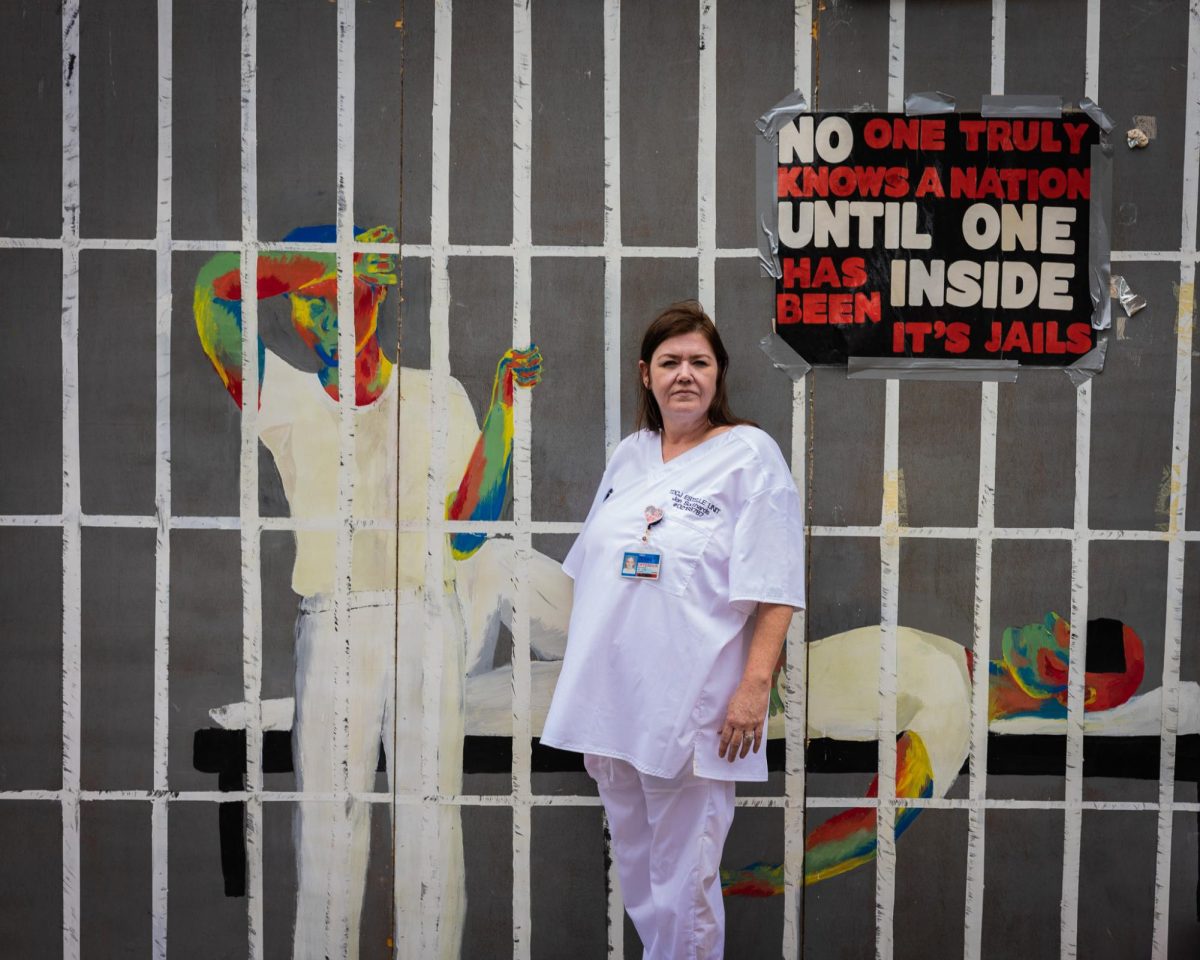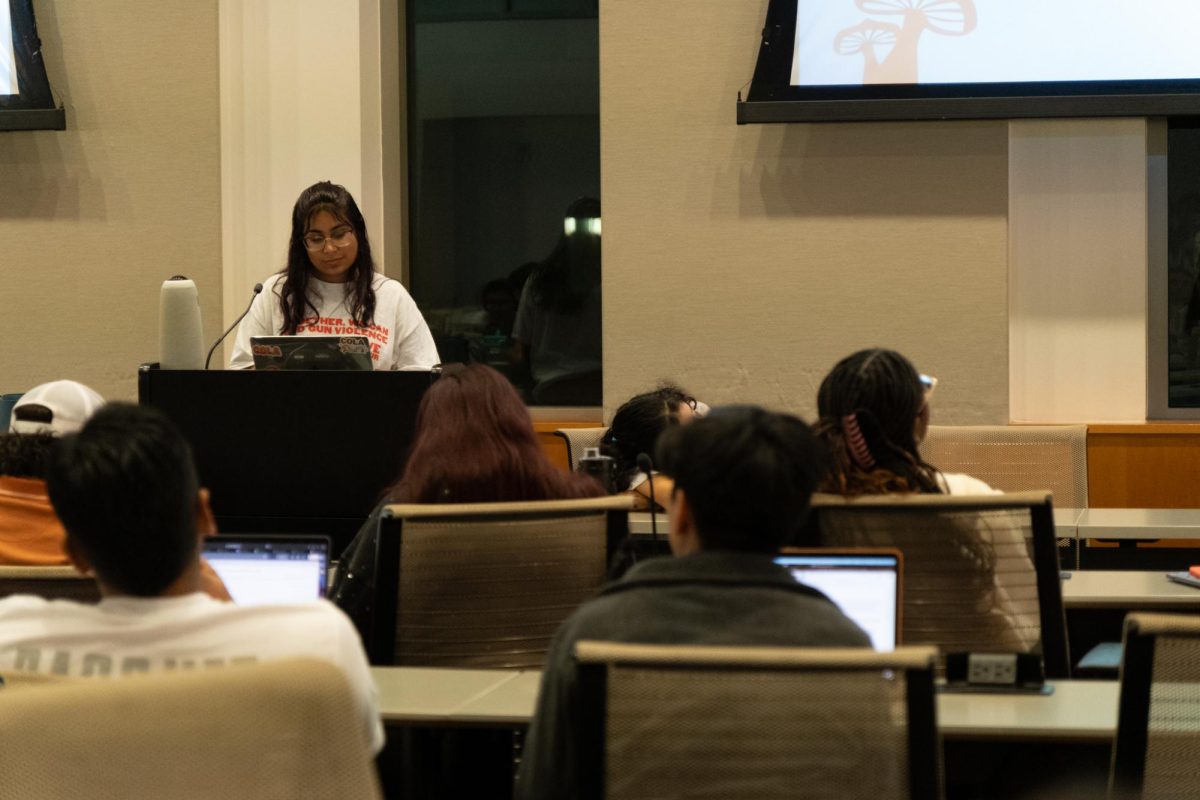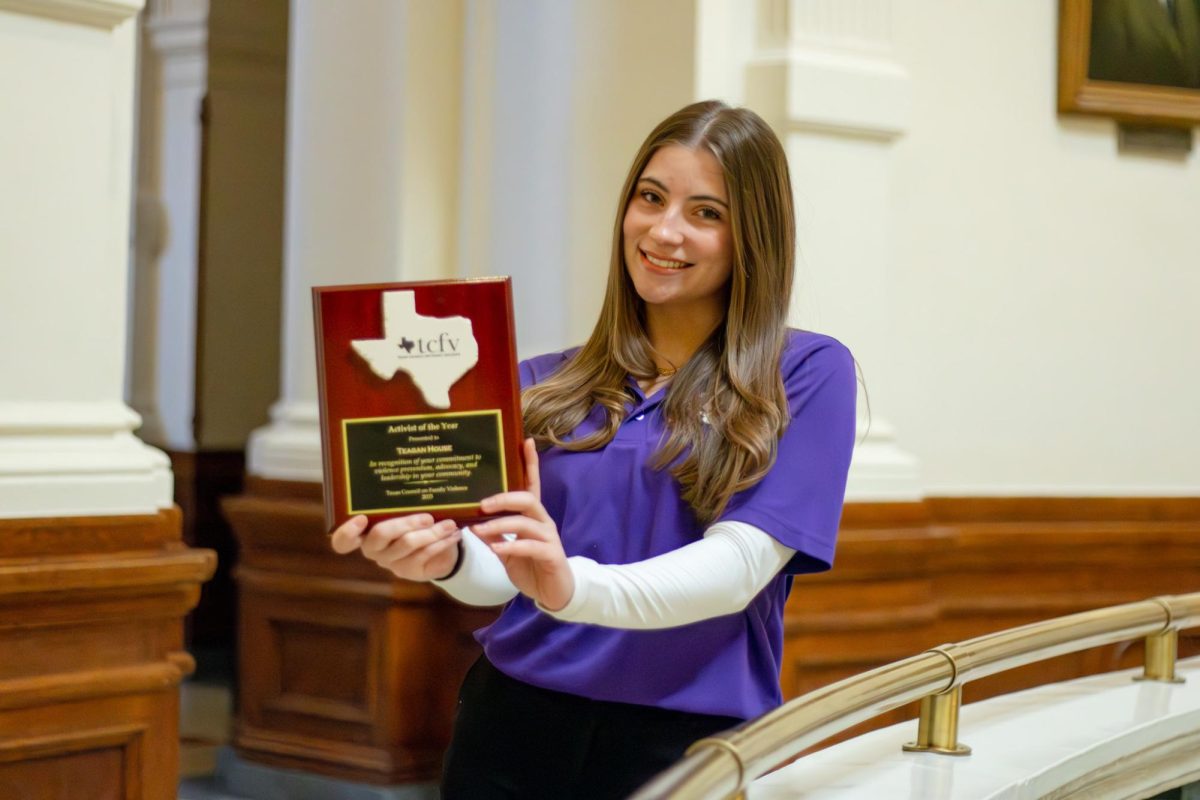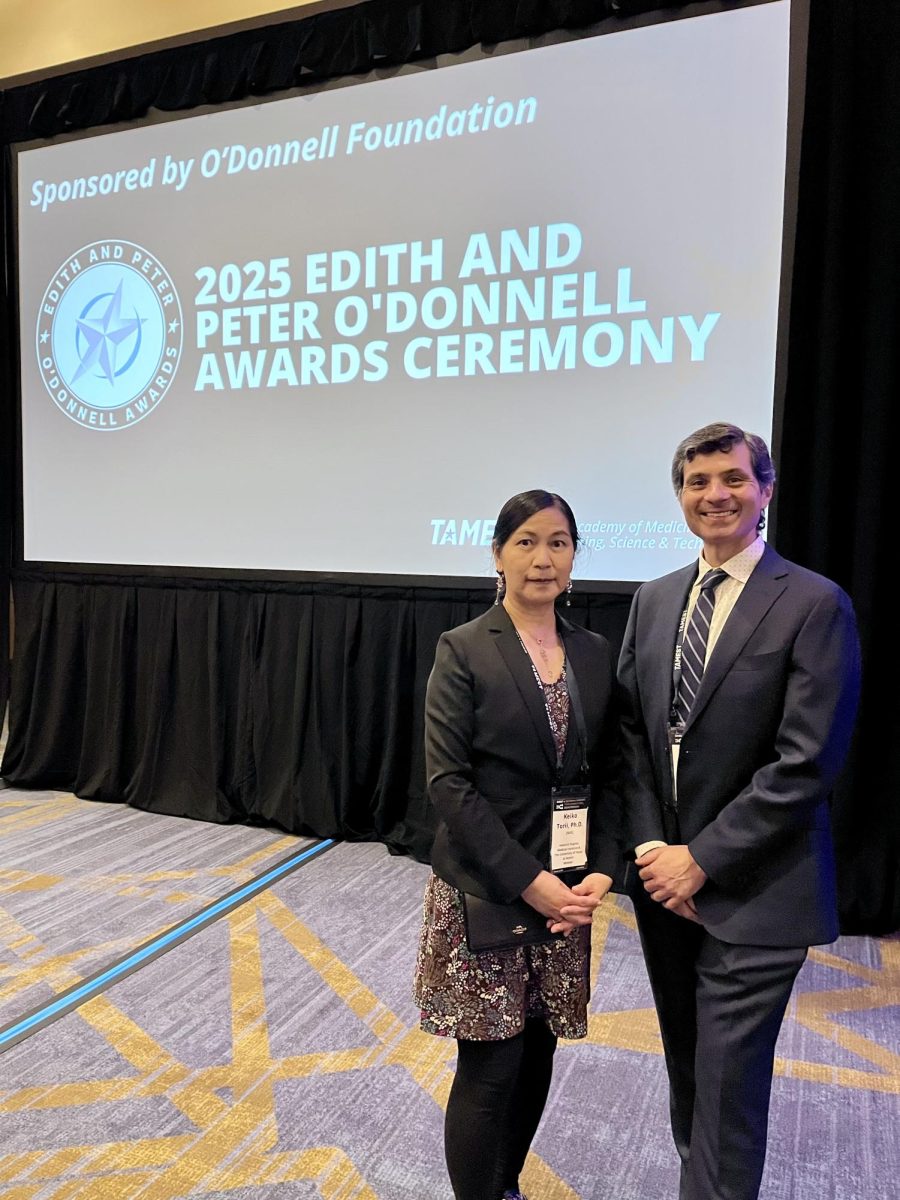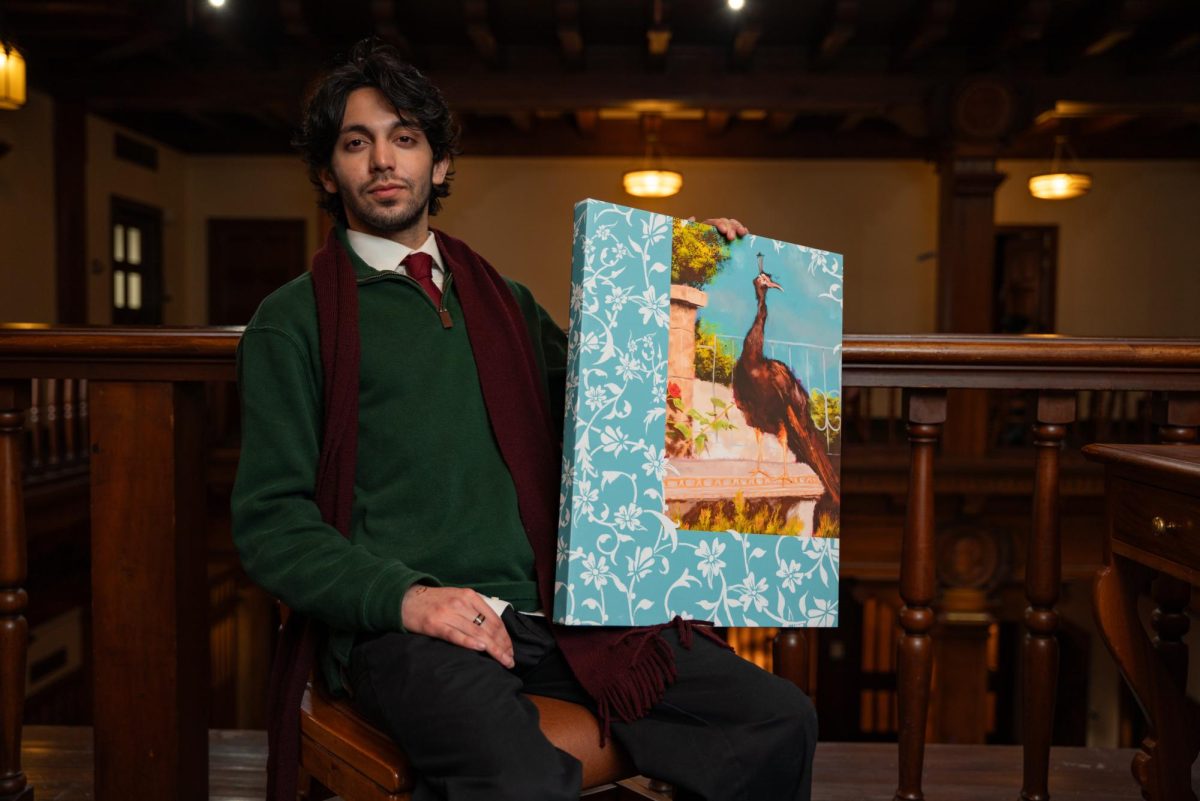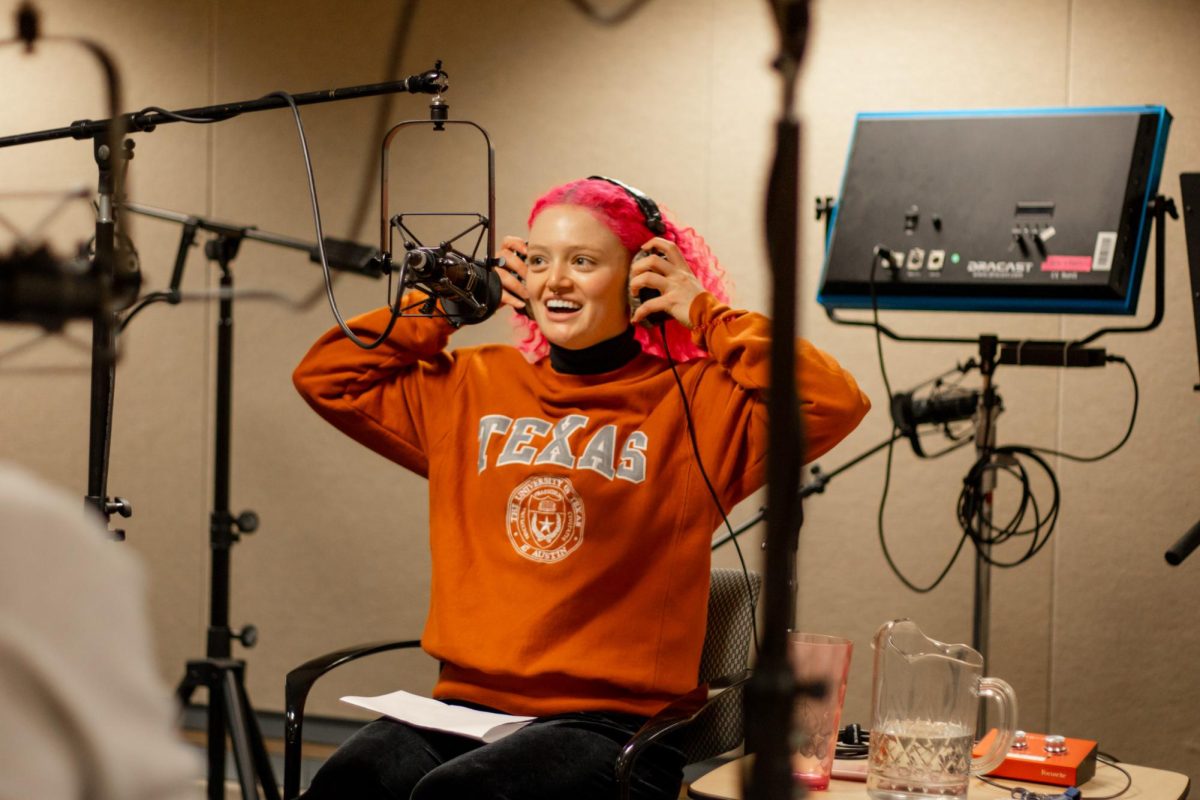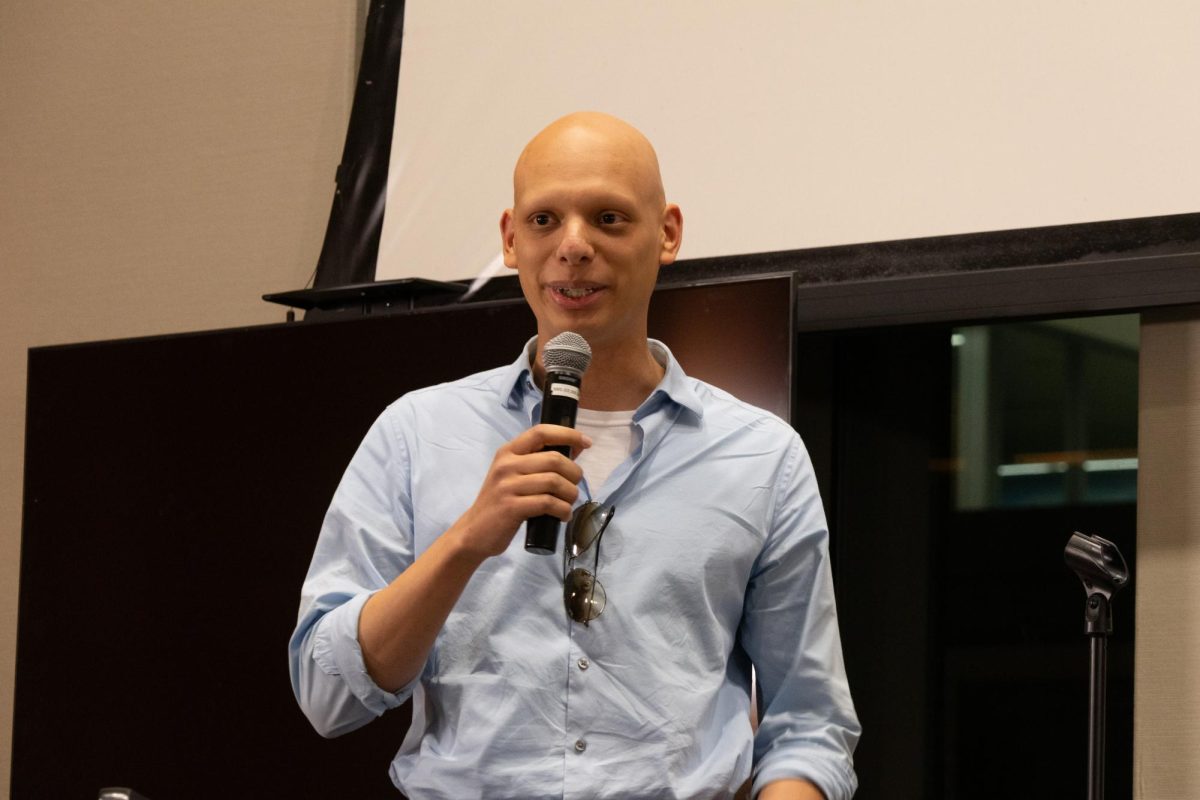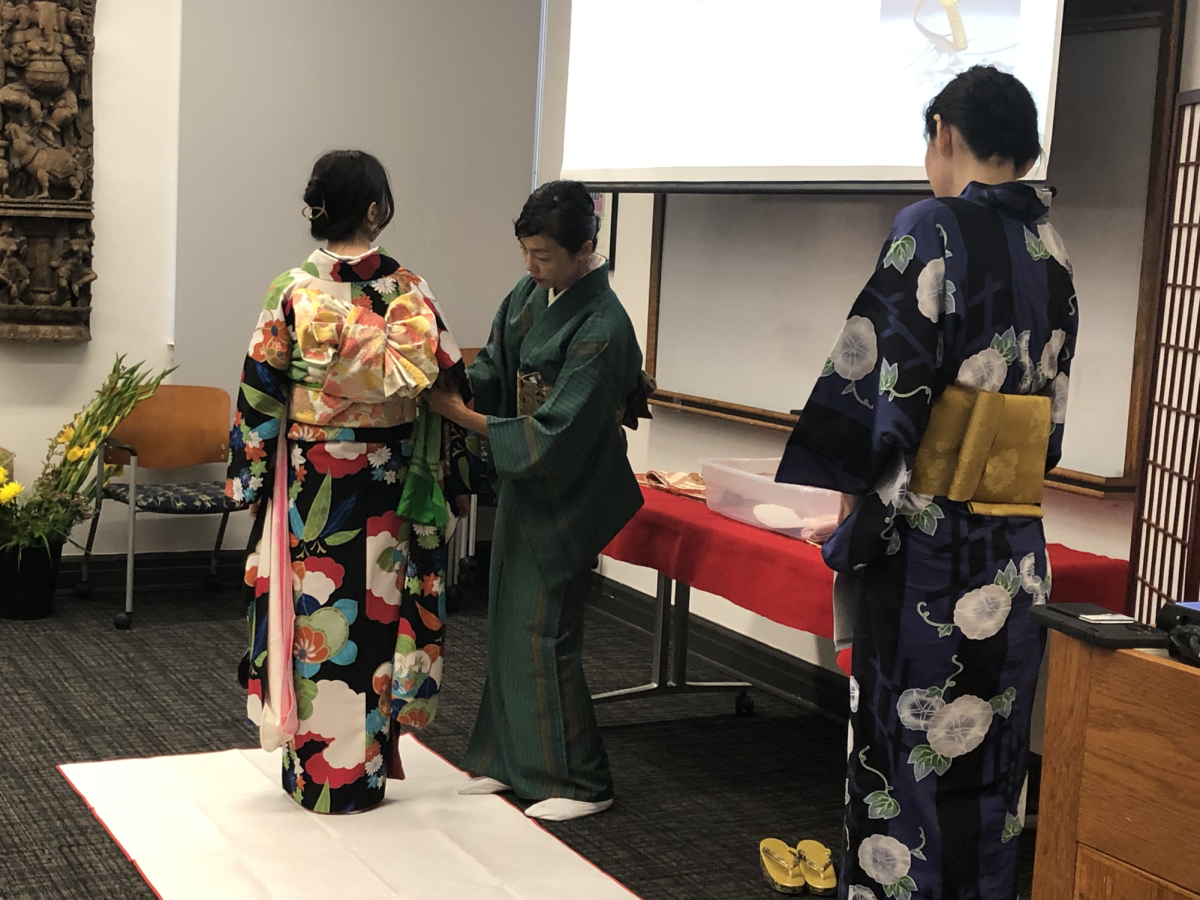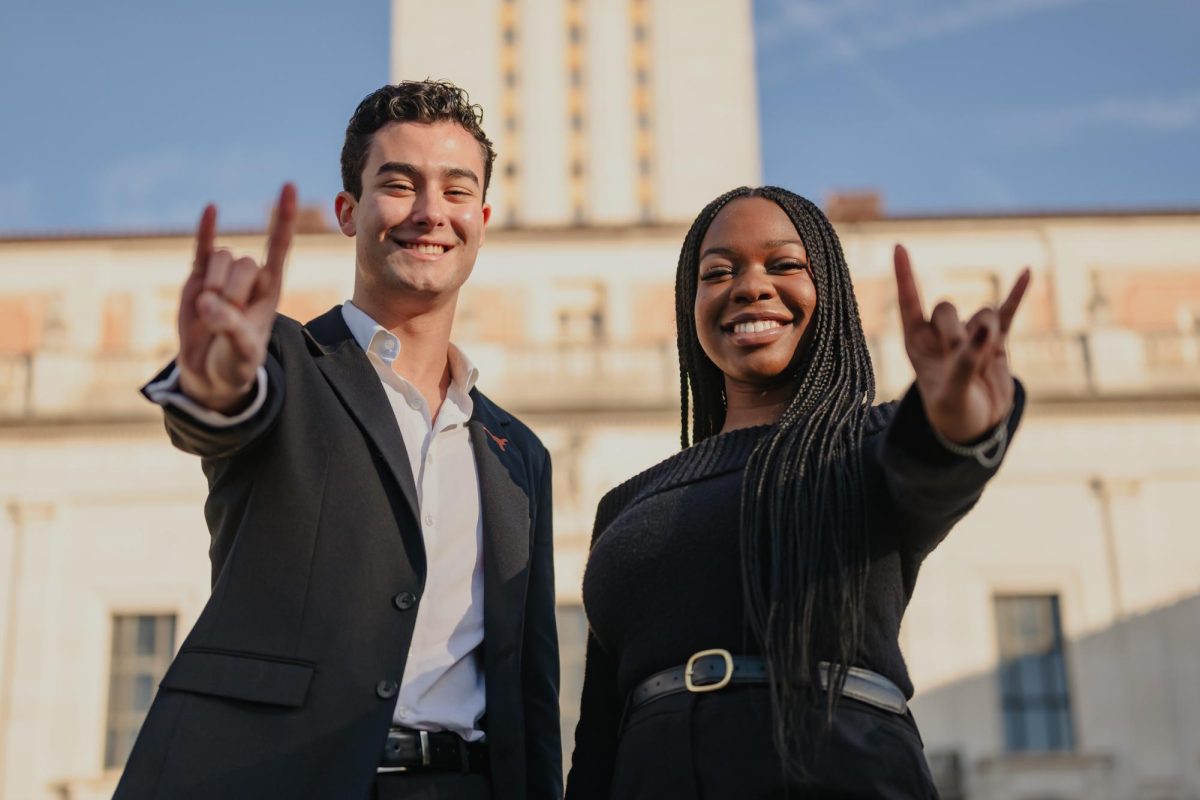Content warning: This story contains mentions of death and inhumane treatment in prisons.
When Tona Southards Naranjo’s son, Jon Southards, first went to prison, she didn’t understand the conditions to which prisoners in America are often subjected. Her son passed away seven years into his 20-year sentence in the Texas Department of Criminal Justice’s Estelle unit, which opened her eyes to the cruelty of America’s prisons.
“I refuse to let his death be in vain,” Southards Naranjo said. “I want to trade beauty for ashes. Let’s make a difference for the other men and women that are still behind bars.”
On Wednesday, Southards Naranjo was a part of the Texas Prisons Community Advocates which showcased their “85 to Stay Alive” exhibition outside the Harry Ransom Center in partnership with the LBJ School’s Prisons and the Environment course and the Prison and Jail Innovation Lab.
“I desire to be the voice for every man and woman that is incarcerated in America, not just the state of Texas,” Southards Naranjo said. “I feel like it’s my duty. It’s my job to advocate and spread the truth and make people aware.”
Seventy percent of Texas prison units lack air conditioning, according to a study from Texas A&M’s Hazard Reduction & Recovery Center. TCPA’s “85 to Stay Alive” advocates for Texas prison temperatures to be no greater than 85 degrees Fahrenheit at all times.
The exhibit takes place during the summer months to simulate the extreme temperatures prisoners face in Texas prisons — usually in the triple digits. According to TCPA, a mode of surviving in these conditions includes flooding toilets to lie in the water since it’s cooler than sink water.
“Everything (people) read in the media is the soft answer,” said Amite Dominick, TCPA founder and president. “It’s time to move in compassion because these individuals are a part of our community.”
The exhibit showcased a station providing details about the campaign alongside artwork connected to personal stories of individuals who have experienced incarceration, speakers educating audiences about conditions within Texas prisons and a heated mock prison cell replicating temperatures endured by those in facilities without air conditioning.
“They can’t cool down,” said Michele Deitch, professor at the LBJ School of Public Affairs and director of the Prison and Jail Innovation Lab. “There’s no escape from this. Waking (people) up to that reality is going to hopefully open up some hearts and minds.”
Third-year law student Kiersten Schneider said the course made her think of criminal law in a perspective she would not have considered before.
“I can see some of my friends in the crowd here because I invited them to come check it out,” Schneider said. “They’ve been hearing me talk about it all semester and it’s exciting that the event is now happening.”
Southards Naranjo wore white scrubs embroidered with her son’s unit number and identification card to replicate his uniform. She said since people know TDCJ inmates wear solid whites, it brings attention to her.
“If I can get your attention and make you step out of a crowd to speak to me because of the shirt I’m wearing with my son’s ID, it gives me the opportunity to open up the door and advocate and be his voice,” Southards Naranjo said.
Editor’s Note: This story was updated to correct the spelling of a source’s name. The Texan regrets this error.

